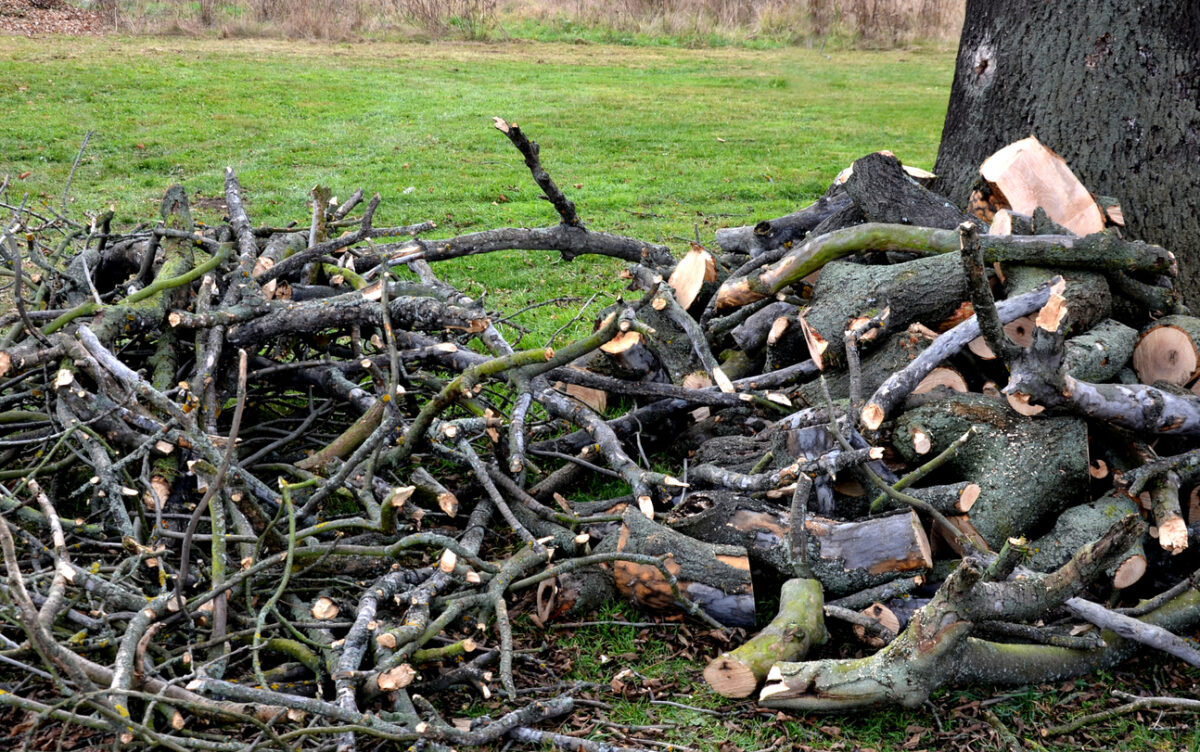

We may earn revenue from the products available on this page and participate in affiliate programs. Learn More ›
Tree work can get messy. Whether you’re handling tree removal yourself or paying a tree service to tackle the job, there will be a lot of wood to clean up. There’s plenty you can do with the wood, whether it’s cut into short chunks of trunks (also known as “rounds”), longer logs, or smaller branches. Rather than hiring someone to haul it all away, read on to learn more resourceful ways to use that wood.
1. Burn It

Wood-burning fireplaces and stoves aren’t as popular as they used to be, it’s true. But for homeowners who still have one, that wood won’t go to waste. Most tree services will cut a tree trunk into sections, allowing you to forgo the most heavy lifting. With a trusty maul (like this ECHO model from Home Depot) in hand, you can split the rounds into several small pieces, dry them for a year or so, and burn the wood to keep warm during the cold months.
RELATED: How to Fell a Tree
2. Sell Campfire Wood
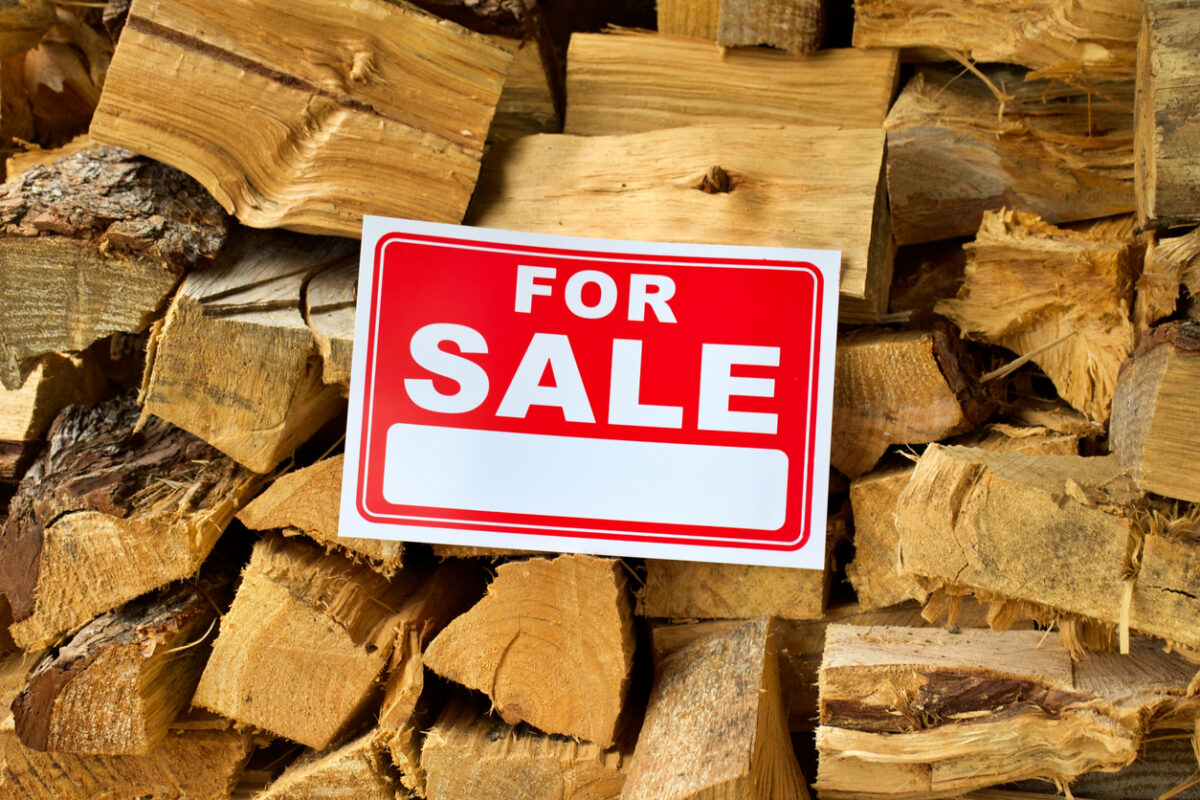
If you live anywhere near a campground or national park, selling firewood may be a lucrative way to offset the initial tree-cutting costs. An honor-system firewood rack on the roadside or face-to-face sales at home can bring in a decent amount of cash.
Here’s the math: The average 22-inch oak tree yields about one full cord of wood, or around 600 pieces of split wood. Divided into smaller bundles of six thick pieces and a few thin pieces of kindling priced at $5 to $10 a bundle, a homeowner can expect to make between $300 and $600 selling firewood from a front yard stand.
RELATED: Firewood: What Type Should You Use?
3. Make Fence Posts
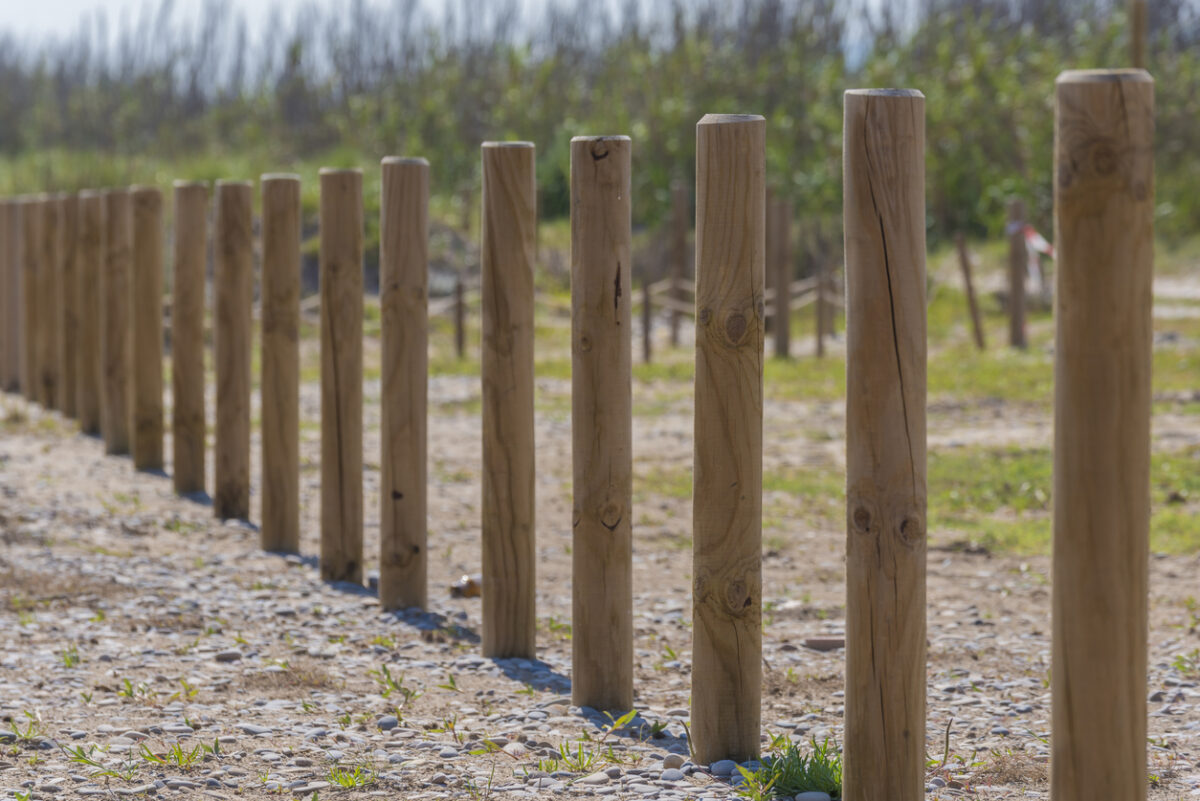
While pressure-treated lumber might be a popular choice for fence posts, many tree species are up to the task without any chemical treatment. Species like hemlock, cedar, white oak, and locust are rot- and insect-resistant, so they’ll last for years buried a few feet in the dirt—whether cut into poles or milled into square posts.
4. Start a Hobby Sawmill
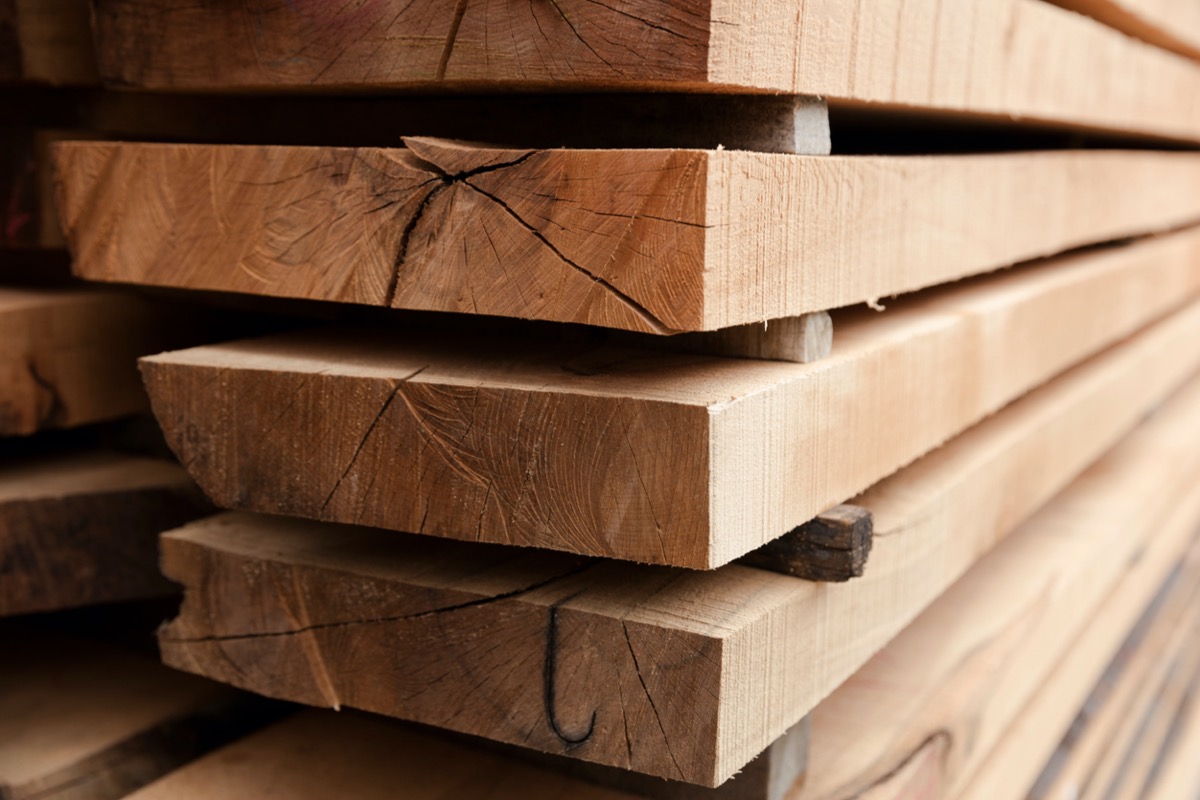
Depending on the tree, there might be a lot of great, usable wood buried inside. One way to uncover it? Start a hobby sawmill.
A few companies like XtremepowerUS manufacture chainsaw sawmills, which provide DIYers a way to mill lumber, hardwoods, or timbers from logs in their own backyards. These mills attach to a chainsaw and ride along a set of rails to create a flat, even initial cut. From there, the user can create boards of any thickness, square a board to create timbers, or mill lumber for non-structural projects. (Structural projects require graded lumber.)
5. Make Mulch and Wood Chips
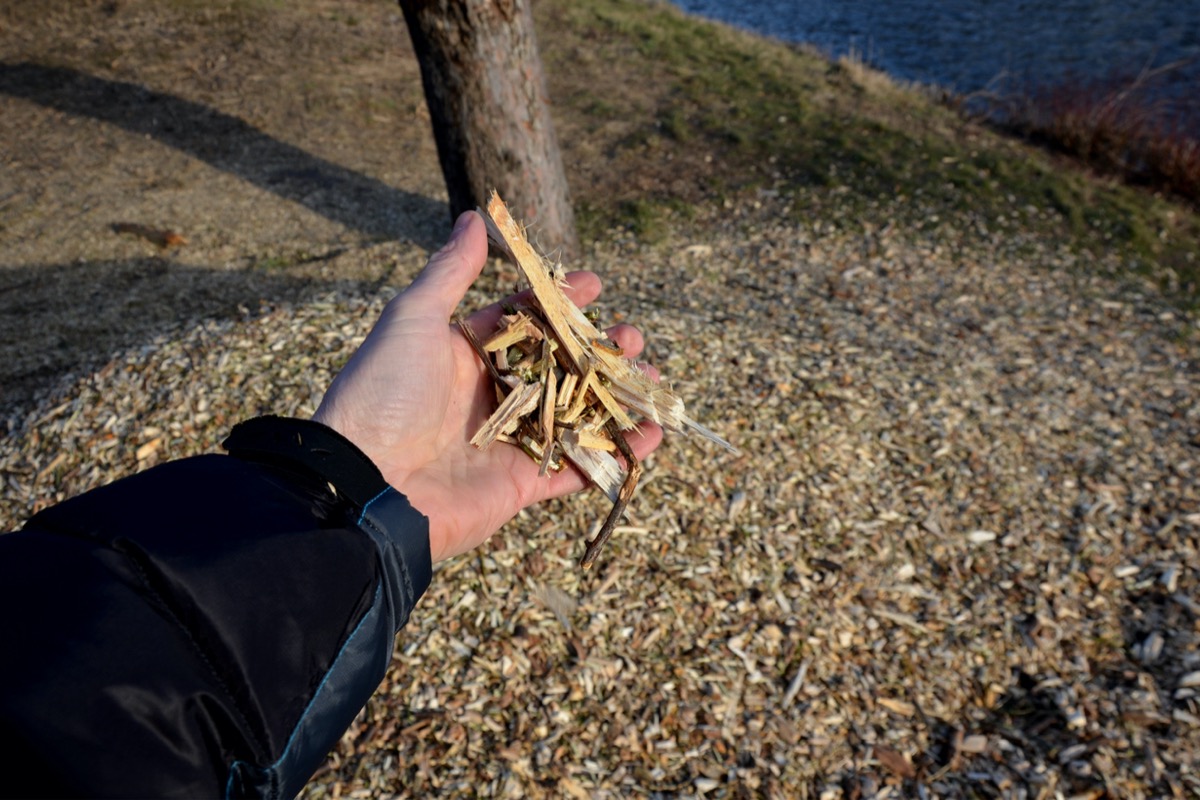
Wood mulch and chips protect plants, retain moisture, enrich soil, and deter some pests from garden beds. Best of all, you can make your own mulch and wood chips using wood from a felled tree. Using a wood chipper, you can turn branches, twigs, and thinner logs (usually less than 2 inches thick) into a large pile of wood mulch. Then you can spread it around the base of a standing tree or use it in the garden.
Pro Tip: Be sure not to use diseased trees for mulch, as this can spread the disease to other plants and trees.
RELATED: How Much Mulch Do I Need?
6. Make Rustic Railings and Panels
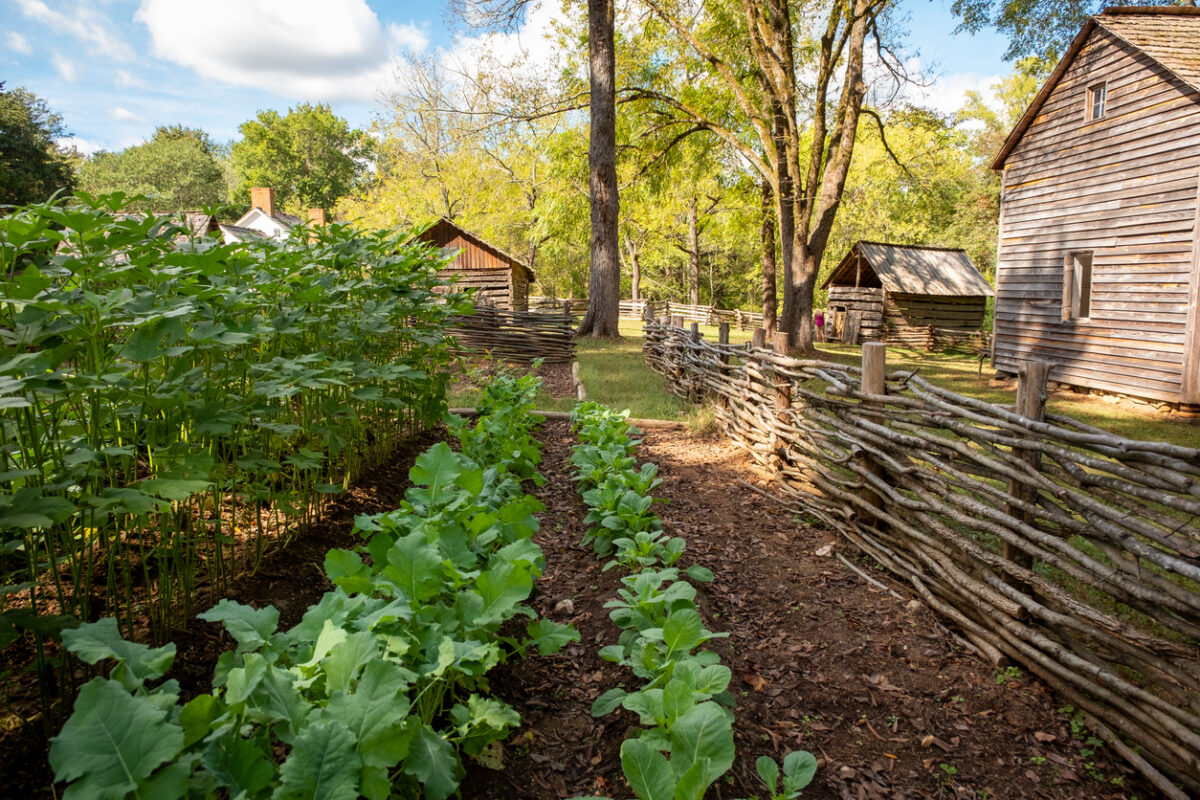
If you favor the rustic aesthetic, use branches to create decorative railings for walkways or fence panels. By using thicker, straight branches for the top and bottom rails and strategically weaving smaller branches between them, you can create unique railings, pet barriers, gates, and other decorative touches.
7. Turn Rounds Into Flower Pots

It might not occur to many folks, but turning a log round into a flower pot is a great way to reuse wood from a fallen tree. By peeling off the bark and hollowing out the center of the log, the round will be able to dry out. Then, by simply filling the center with potting soil and plants or potted arrangements, you can fill your outdoor space with beautiful pops of rustic color and texture.
RELATED: The Best (and Weirdest) Things You Can Do with a Tree Stump
8. Woodworking and Crafts

If you have a garage full of tools (or are simply looking for an excuse to get to work), using your newfound wood for woodworking and craft projects can be a blast. Turn pens on a lathe, make holiday ornaments with wood-burning tools, or glue and plane perfect cutting boards. This hobby can double as a side business, and a cut tree is a great resource for kickstarting it.
9. Rustic Furniture

Whether it’s for an Adirondack camp or an urban backyard with some backwoods flair, rustic outdoor furniture can be just the ticket. Slabs cut from logs make wonderful tabletops, and the posts and poles used for table legs can easily be cut from straight branches. Best of all, these projects don’t need to be perfect to work perfectly in a backyard or porch space.
This pursuit might require some specialized tools, such as this kit from Lumberjack Tools, to cut the mortise and tenon joinery typically required, but the finished products are usually worth it.
RELATED: A Carpenter’s Dream Workshop: 10 Things You Need If You Have the Funds—and the Space
10. DIY Garden Beds
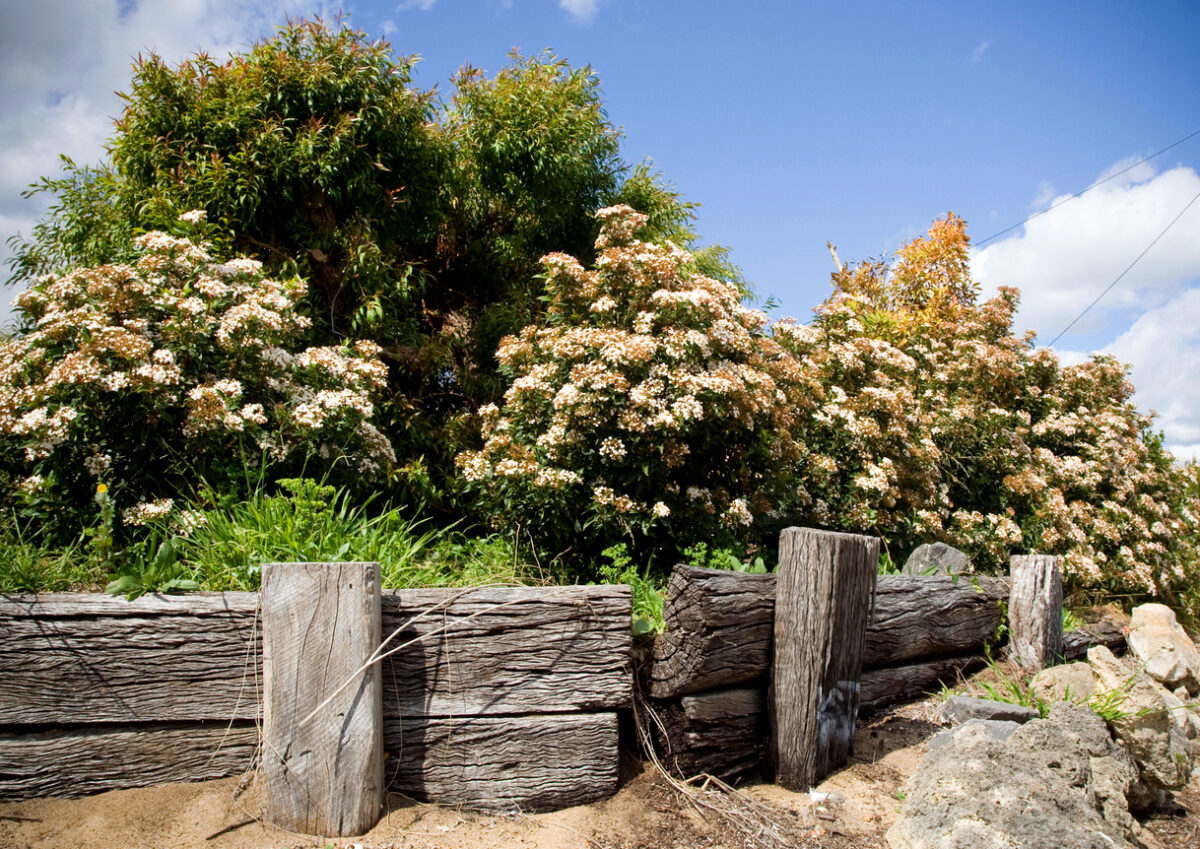
If the tree in question is naturally rot- and insect-resistant, its thicker branches and thinner trunk sections can be used to construct raised garden beds. Start by stacking lengths of wood using log cabin-style corners, lining the inside with a weed barrier, and finally filling the structure with topsoil. The result is a vegetable garden that will last a few years and impede crawling bugs from eating your plants.
It’s important to reinforce the walls and corners with landscape spikes to prevent the weight of the soil from pushing the bed apart.
11. Compost
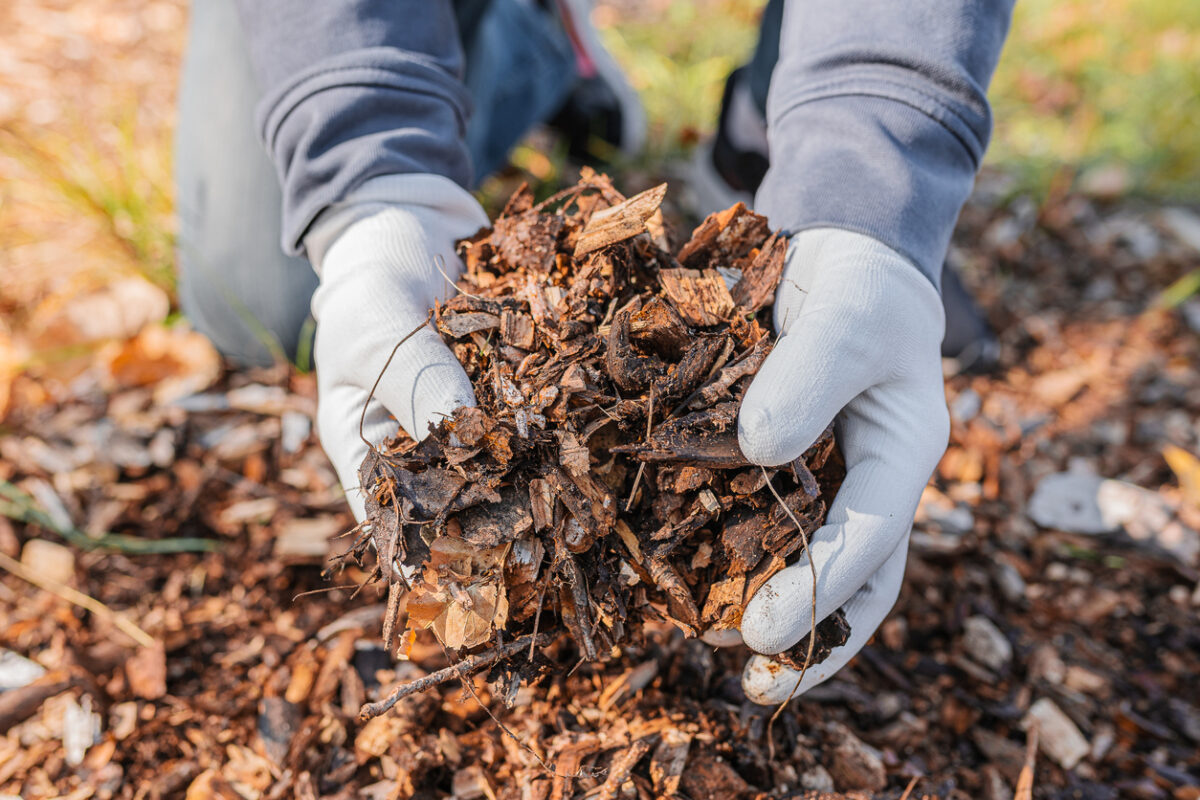
Compost can come from more than just kitchen scraps and leaf debris. Decomposing wood makes excellent compost, and it’s very low-effort to produce. Simply bury a few pieces of wood below the soil of a raised bed and let moisture, organisms, and oxygen do their thing. The wood will break down completely over a year or two, slowly releasing nutrients into the soil in the process.
Keep in mind that some wood species are naturally rot- and insect-resistant, which means they’re not great candidates for compost. Pine, maple, and fruit trees are great choices, however.
12. Fire Up the Smoker

Anyone who enjoys the flavor of smoked meats and veggies might look at the branches of a fallen tree and see serious potential. Fruit trees like apple, peach, and pear will provide a sweet smoky flavor, while oak and maple add a bit of bite. To ready wood for the smoker, cut branches into small usable lengths or split large pieces into smaller chunks for plenty of delicious smoke.
